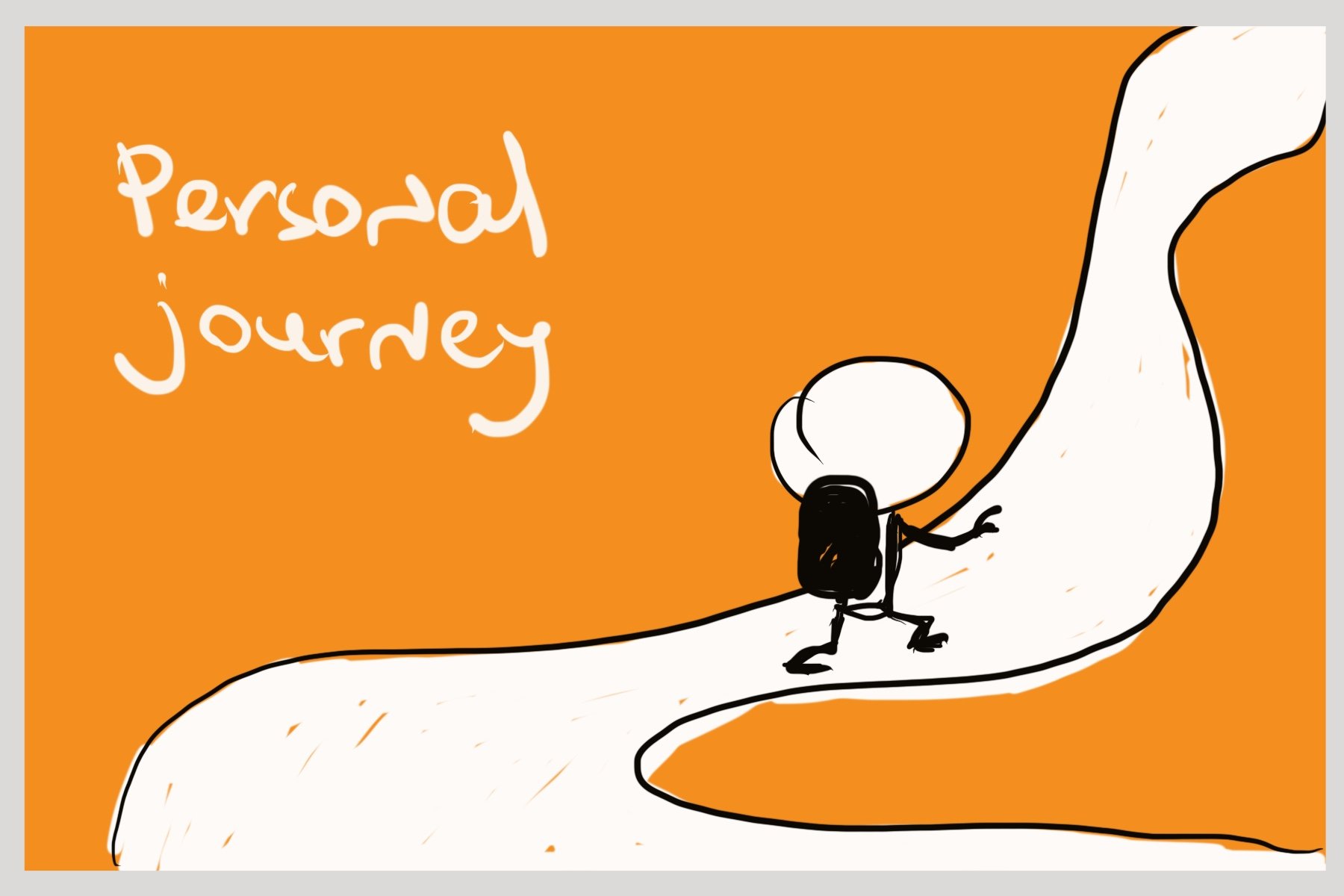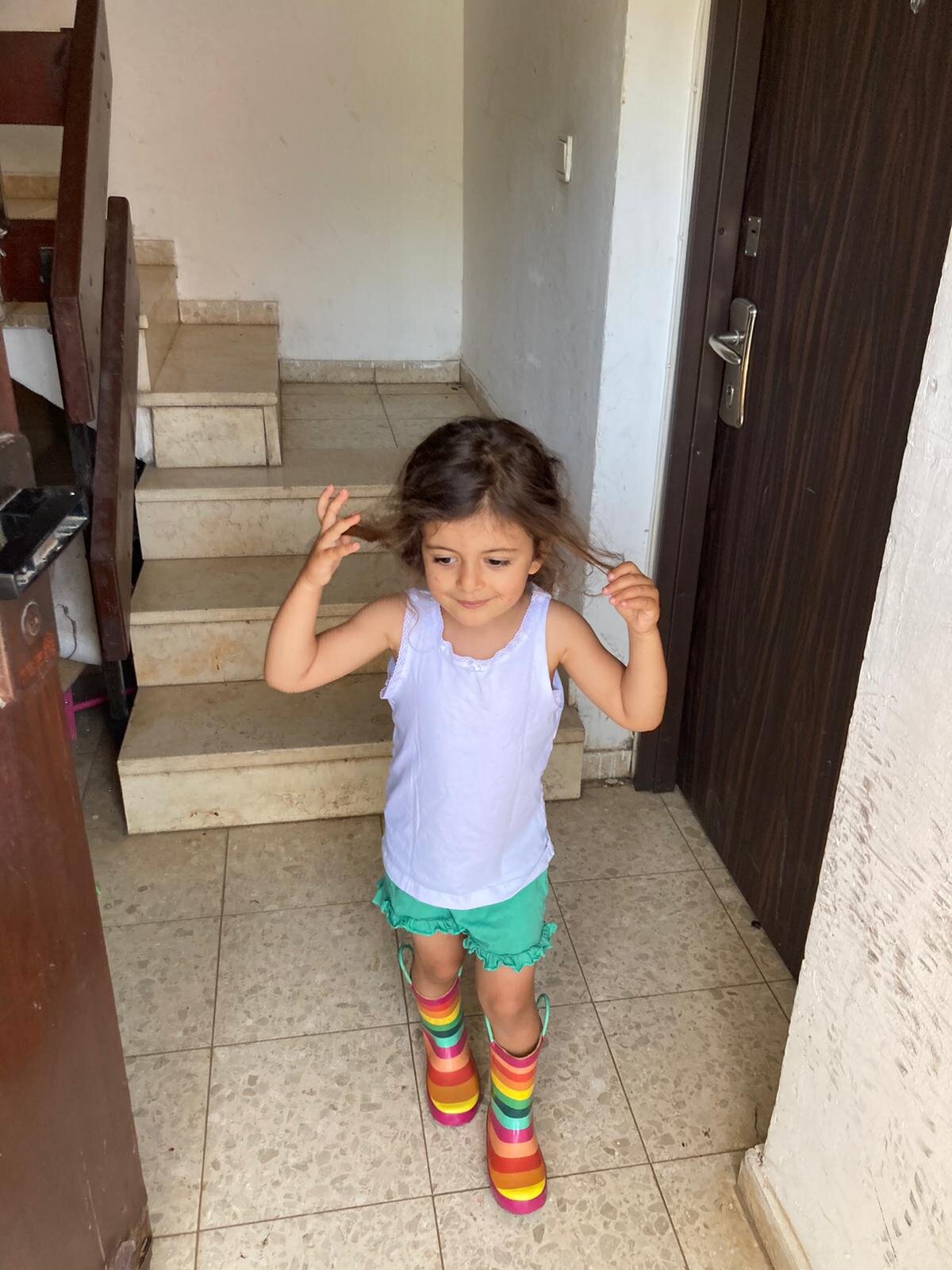Learning Experience is...
What you learn. When you learn. How you learn. With whom you learn.
It may seem chaotic and random from the outside, yet perfectly harmonious from the inside.
Learning is a process. Learning is curiosity-driven. Learning is personal.
“Learning is an experience. Everything else is just information” – Albert Einstein.
Learning is so natural, and yet, there are so many ways to define it. Connie Melamed kindly gathered 10 definitions of learning. I like this one:
“We define learning as the transformative process of taking in information that—when internalized and mixed with what we have experienced—changes what we know and builds on what we do. It’s based on input, process, and reflection. It is what changes us.”
–From The New Social Learning by Tony Bingham and Marcia Conner
This definition transmits the idea of learning as a complicated living mechanism (almost an organ) that is part of who we are, what we do, and how we change over time.
Meet my learning guru
Children are learning gurus. Children don’t take breaks. Every second of their awake time is an endless learning opportunity. Children’s brains are wired to seek knowledge all the time.
Meer Roni, my 3 years old daughter, is one of my learning gurus:
When I watch Roni, I see no differentiation between play, learning, physical activity, or other categories that we, adults, have defined. Her brain is sharp, her heart is curious, and her body is active. I can give you examples of the “why” and “how was it before X” questions (that’s our thing now) that preoccupy her. Every moment for her is an opportunity to connect, develop, and play. Everything she does is a pure learning experience. Sometimes it feels like she has the inner compass that guides her learning journey, and my role is to observe and assist when needed.
Meet the zombies
Say hi to your inner zombies. Everyone has them, they are widely known as our “habits.” Our habits are made by our brains’ routine responses to specific cues, ultimately formed to make our “here and now” better (more about habits in “Learning How to Learn”, week 3).
Learning something new is overwhelming. In the beginning, the unknown can be intimidating. Being overwhelmed is part of the deal. In fact, it’s what activates our mental strategies to make sense of the enormous amount of unfamiliar data. We seek patterns, similarities, relations to our previous knowledge, etc. Processing and logically grouping the data into chunks helps us understand the world around us.
Think of driving a car – how hard it is at the beginning, and how easy it becomes with practice. (I’ve recently gotten my driving license, so the example is fresh in my mind.) At first, you almost feel like you have to physically grasp all the information in your head in order to set the engine or simply keep from crashing. (This was my personal goal every time I took the car for a ride!) You can feel this “grasping attempt” as tension in your body while trying to hold on to an abstract understanding. Later on, the task becomes so easy that you can sing a song or plan a dinner in your head. Chunking data into circuit concepts makes it easier to store new knowledge. The automated parts are habitual activities – rituals we don’t need to think intently about when performing a task.
“Neuroscientifically speaking, chunking is related to habit. Habit is an energy saver for us. It allows us to free our mind for other types of activities. You go into this habitual zombie mode far more often than you might think, that's the point of habit. You don't have to think in a focused manner about what you're doing while you're performing the habit, it saves energy. “ – Dr. Barbara Oakley, a professor of engineering at Oakland University, and the mother of the “Learning How to Learn” online course.
In other words, the more we learn, the more habitual zombies we create within us. They help us develop and grow our capacity, and most of the time, we co-exist well. Sometimes, however, the zombies that helped us in the past are not necessary to us in the present. So once in a while, we should clean up a few zombies to keep our habitual community healthy.
As Barbara points out: “ You should be making the decisions, not your well-meaning but unthinking zombies, your habits.”
Observe your breathing
I am not a scientist, but I am a good observer. Seeing what matters and practicing the skill of self-observance is the key to creating healthy learning habits.
I love the example of breathing. Like learning, breathing is a semi-automatic process that is always running in the background of our existence. We all know how to breathe. We are breathing at this very moment. How is it going, by the way? We all can pay attention to our breathing and observe its quality right now, just for a moment. I promise you that simply by pausing and looking inwards, the quality of breathing will improve dramatically. Your connection to your body and mind is activated and opens the communication between them. You can even guide your breath to slow down or exhale to a specific area of tension. The possibilities are endless.
As you might have understood by now, a learning experience is happening in any case (exactly like breathing). The quality of the learning experience depends on many things, and you don’t really have to understand them all in order to learn. However, there is always an opportunity to improve the quality of learning by paying attention and offering minimal guidance.
Observe your learning habits
Back to learning: try stopping for a moment and pay attention to your learning.
How am I doing? What am I learning now? How do I feel about it? How do I learn? When do I learn? What makes my learning effective and joyful? What inspires me?
Furthermore, ask yourself negative questions (don’t be scared of them, they might lead to very positive insights), for example: What makes me procrastinate? Why can’t I…? How did I fail to…? What bores me? Try understanding the reasons without judgement.
Like with breathing, don’t force the answers or change. Go with the flow and gently touch it with guidance. Create the habit to observe your learning and reflect on your experience. Simply by doing it regularly (yep, habit is a long-haul thing), the quality of your learning experience will improve dramatically.
Model your learning habits to your children
Back to children: Modeling is the most effective parenting tool for almost everything I can think of. By modeling the habit of reflecting on our own learning experiences, our children will likely implement this superpower early in life. They will be able to build their learning journey on solid cognitive foundations.
Design strong learning habits
Back to designing learning experiences: Look at the product you are creating (it can be a lesson, an app, etc.) and consider how to improve the quality of learning experience. Do you know your learners well enough? How does your product fit within their learning journey? How does it affect their learning habits? What can be done to make your product even more learner-friendly?
Was any of this helpful? Please let me know. I’m always looking to learn. :)

